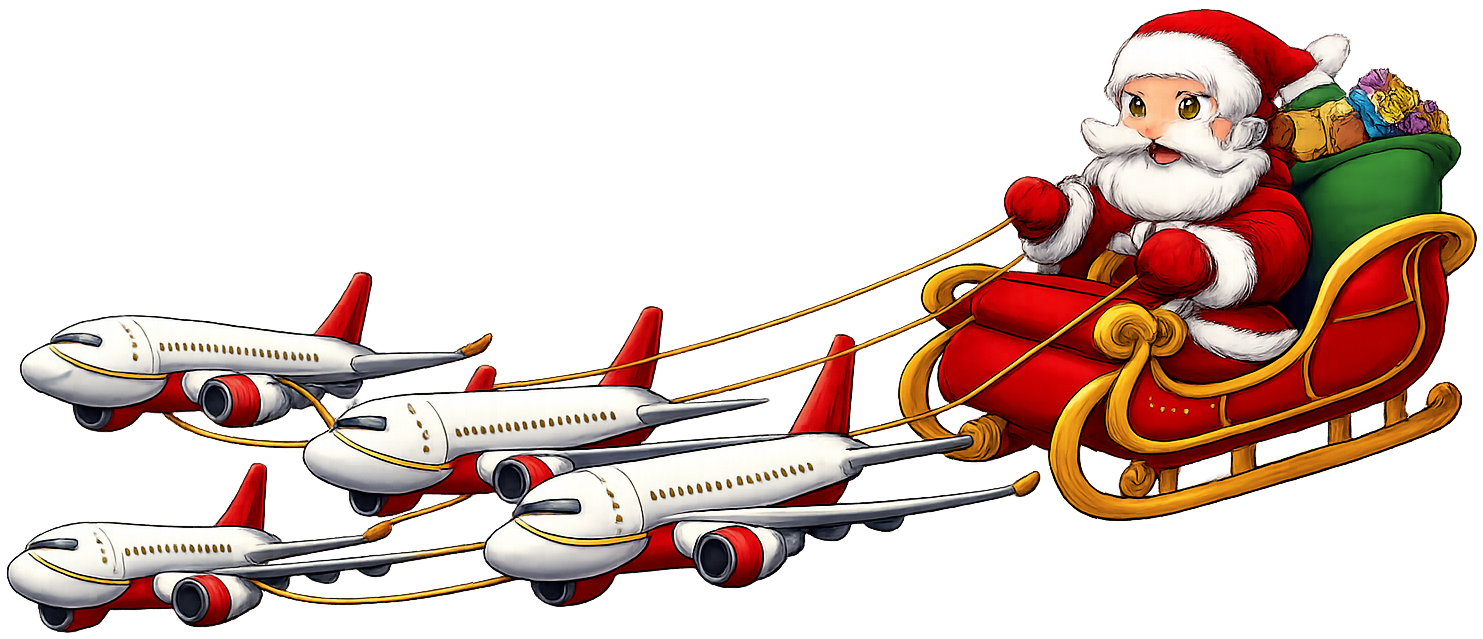

They are CCM community supporters! They made a donation here and now their name floats in the banner forever! 💙


Understanding the role and importance of IATA in the air transport industry
The International Air Transport Association (IATA) is the global organization of airlines. Founded in 1945 in Havana, Cuba, it now represents around 290 airlines, accounting for 82% of global air traffic. Its headquarters are in Montreal, Canada, with an executive office in Geneva, Switzerland.
IATA is a non-governmental organization that plays a crucial role in standardizing and regulating many aspects of commercial aviation, both for passenger transport and air freight. It acts as an intermediary between airlines, governments, and other stakeholders in the aviation industry.
IATA's primary mission is to represent, lead, and serve the air transport industry. Its fundamental objectives are:
IATA works to improve the safety, efficiency, and economy of air transport for the benefit of passengers, freight shippers, airlines, and the economies they serve.
The association facilitates cooperation among airlines in areas such as operations, safety, security, technology, and policy.
IATA works closely with the International Civil Aviation Organization (ICAO) and other organizations to develop standards and recommended practices for international aviation.
The association develops and maintains technical and operational standards that enable global interoperability and facilitate aviation's commercial processes.
In the specific area of air freight, IATA plays a fundamental role through several initiatives and programs:
IATA has developed and standardized essential documents for air freight, including:
IATA publishes and regularly updates the Dangerous Goods Regulations (DGR), the global reference for the safe transport of dangerous goods by air. This regulation, based on ICAO's Technical Instructions, provides detailed guidelines on:
IATA publishes the TACT (The Air Cargo Tariff and Rules), a comprehensive collection of tariffs and rules for air cargo that serves as an industry reference. TACT includes:
IATA leads several initiatives aimed at modernizing and improving the efficiency of air cargo:
IATA's e-freight initiative aims to eliminate paper documents from the air cargo supply chain. Traditionally, an air cargo shipment could require more than 30 different paper documents. e-freight aims to replace these with standardized electronic messages, thereby reducing costs, speeding up processes, and decreasing environmental impact.
IATA has developed several coding systems that have become global standards in the air transport industry:
IATA assigns each member airline a two-character code (IATA code) used for identification in reservation systems, tickets, schedules, and other documents. For example:
Each commercial airport worldwide is assigned a three-letter IATA code used to identify airports in reservation systems, baggage tags, air waybills, and other documents. For example:
In addition to two-letter codes, IATA assigns each airline a three-digit numeric prefix, primarily used for air waybills (AWB). For example:
These prefixes are used in AWB numbering, which follows the format: [Three-digit IATA prefix]-[Eight-digit serial number].
IATA also uses three-letter currency codes (compliant with ISO 4217) for international pricing and billing.
It is important to note the difference between IATA and ICAO (International Civil Aviation Organization) codes:
IATA offers a wide range of training and certifications for air transport professionals, including in the field of air freight:
IATA provides specialized training in various aspects of air cargo:
IATA issues several globally recognized professional certifications:
IATA also manages an accreditation program for cargo agents (IATA Cargo Agent). This accreditation:
IATA certifications are highly valued in the air transport industry and often a prerequisite for certain positions. They ensure that professionals possess the knowledge and skills necessary to meet international standards and conduct safe and efficient operations.
IATA plays a central role in the air transport industry by:
IATA's initiatives, such as e-freight and modernization programs, aim to improve the efficiency and sustainability of air transport.
Follow IATA updates on regulations, standards, and best practices. The industry evolves rapidly, and staying informed is essential for maintaining compliance and efficiency.
Participate in IATA initiatives such as e-freight to reduce paper usage and improve cargo process efficiency.
Invest in IATA training and certifications for yourself and your team. This ensures you are up-to-date with the latest industry standards and practices.
Adopt digital tools and cargo management systems recommended by IATA to optimize your operations and improve traceability.
Participate in IATA events and conferences to network with other professionals and exchange best practices.
IATA is an essential organization shaping the air transport industry through its standards, initiatives, and training programs. By understanding and adopting IATA's recommendations, air cargo professionals can improve their operations, ensure regulatory compliance, and contribute to a safer and more efficient sector.

| Qty | Length | Width | Height | Weight |
|---|